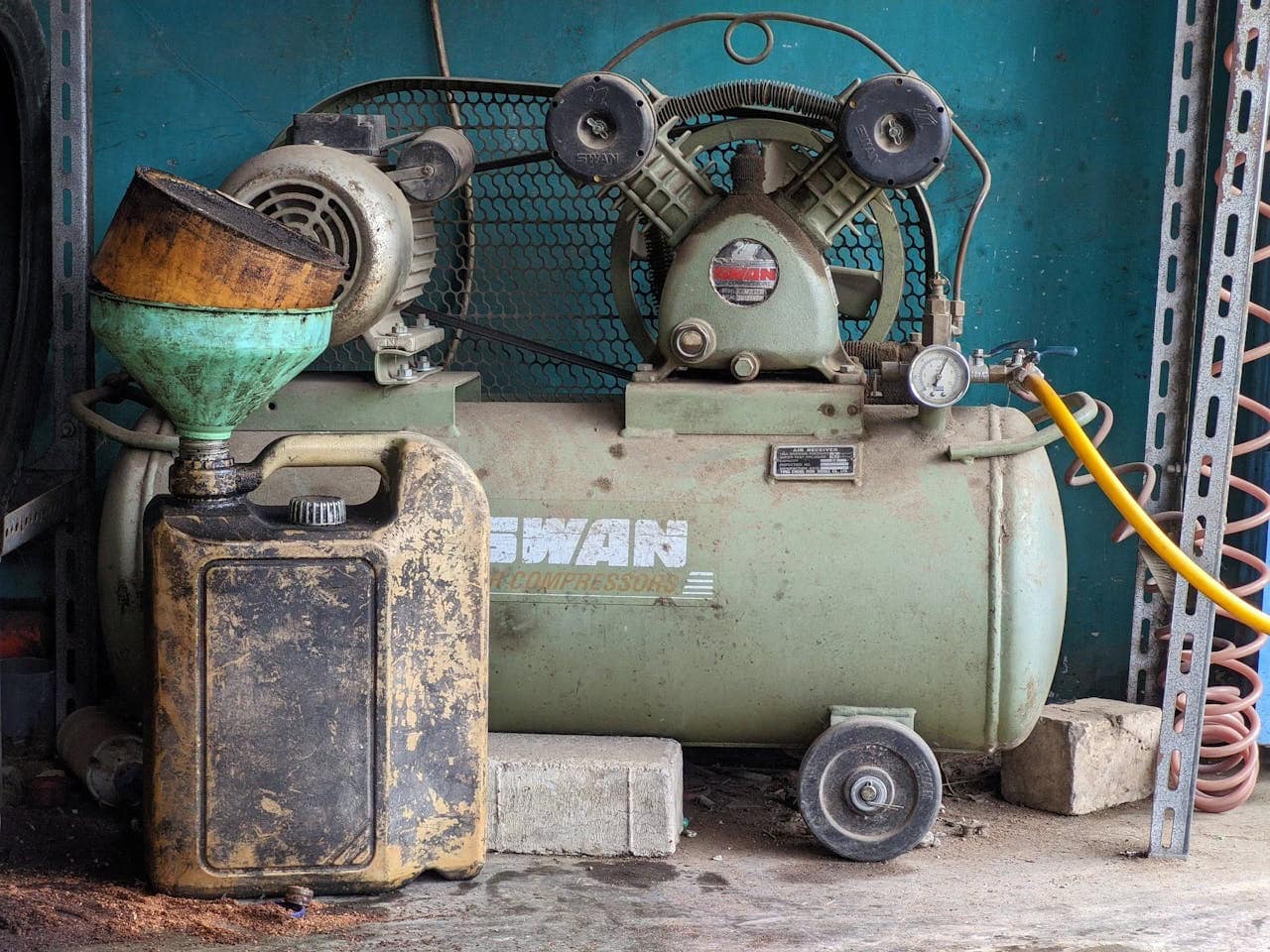10 Signs Your Industrial Air Compressor Needs Maintenance
Industrial air compressors can last for years when they receive proper maintenance and repairs. While routinely scheduled air compressor maintenance can stave off emergencies and prevent overpressurizing and excessive wear, it’s just as important that your staff can tell when something is beginning to go wrong. Training staff to recognize noises, performance issues, and other early warning signs can help your facilities team bring in professionals before a catastrophe causes unscheduled downtime or costly replacements. Use this quick list to stay ready and proactively reach out for professional compressor services when needed.
Common Warning Signs of Compressor Failure
Stay on the alert for these ten common signs of developing problems in your air compressor.
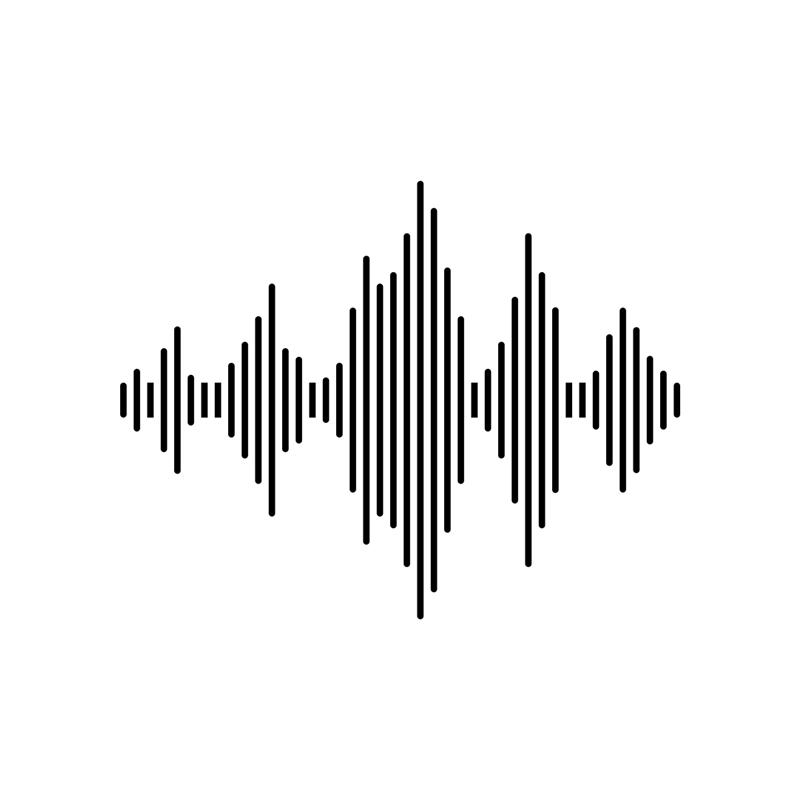
1. Unusual Noises
Air compressors have multiple moving parts. Misalignments, broken gaskets, and worn components often make sounds indicating the problem. Listen for metallic squeals, grinding, and loud or repetitive knocking.
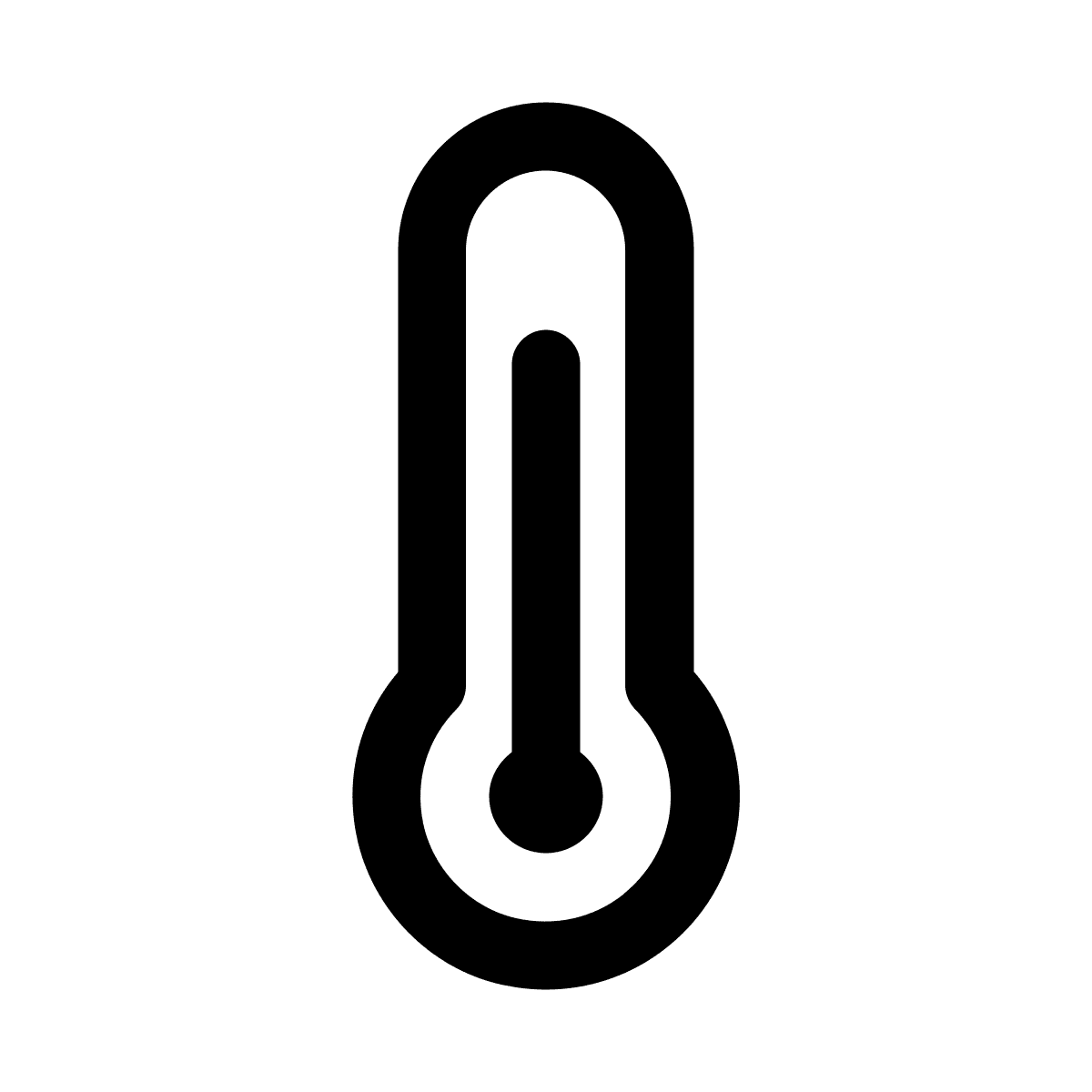
2. High Discharge Temperature
If the exhaust or output air is hotter than expected, your air compressor may be overheating and releasing hot air. This is especially the case if the ventilation is clogged or the coolers are dirty. Low oil flow can also affect lubrication, leading to heat buildup.
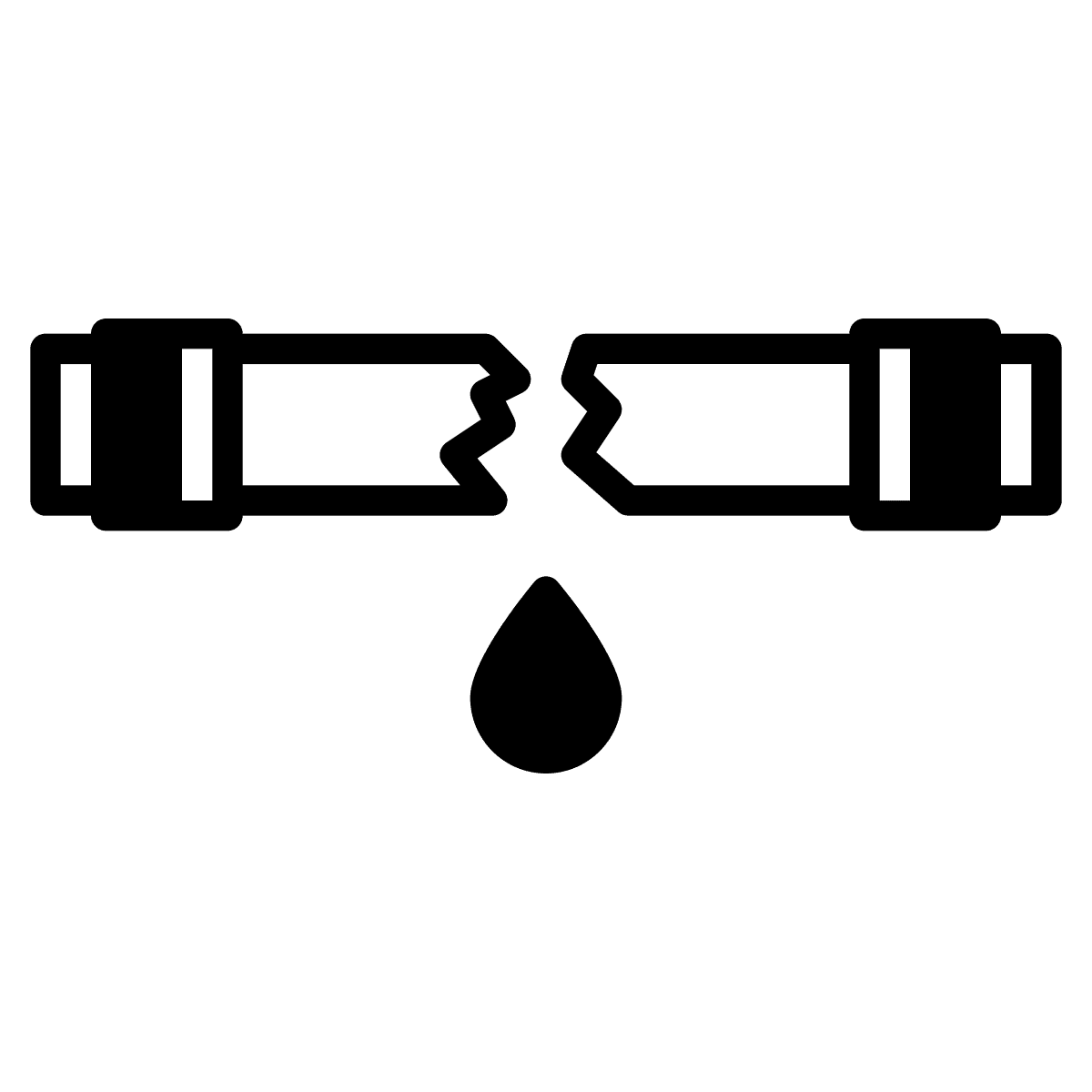
3. Oil Leaks or Low Lubricant Levels
Low oil and lubricant levels are often signs of a problem. Repair visible leaks before the lost oil or lubricant leads to performance issues and safety hazards. Problems with the oil, such as low levels or contamination from debris, can also prematurely age your air compressor.

4. Moisture in the System
Monitor the unit for excess condensation, especially on metal components that are sensitive to corrosive fluids. If there’s too much moisture, it could mean the trap system or air dryer is broken.

5. Excessive Vibration
Some air compressors shake throughout normal operation. Stay attuned for changes in vibration, louder rattling, or the distinct sound of rattling metal. These sounds could indicate broken mounts and worn bearings are allowing components to hit each other. It could also indicate misaligned or unbalanced internal components.

6. Tripped Circuit Breakers or Shutdowns
If the circuit connected to your air compressor frequently trips, don’t ignore the problem. Call in a reputable electrician and air compressor repair specialist to check for motor overloads, problems with the control panel, and electrical faults.
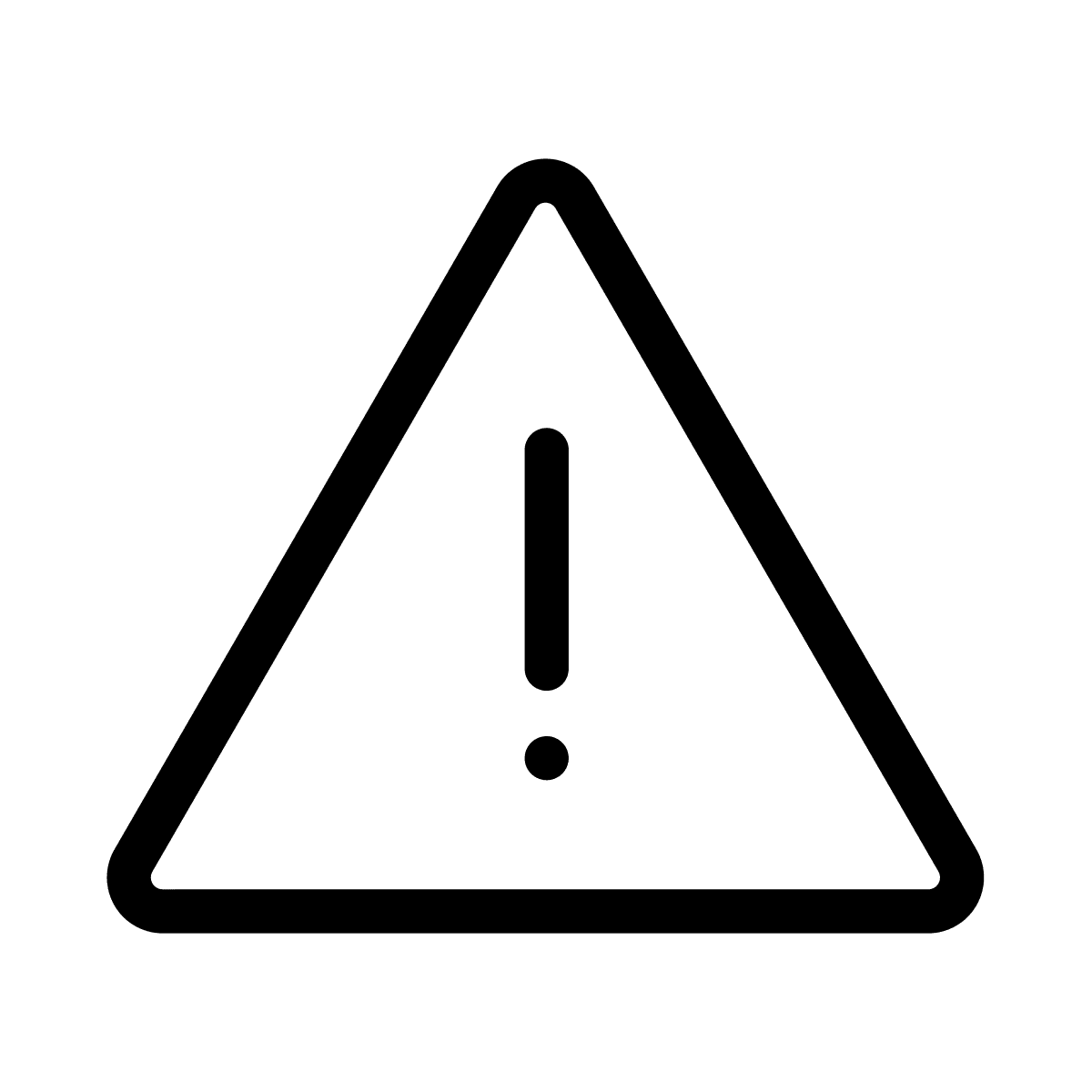
7. “Idiot Lights” or Warning Indicators
One of the clearest signs of a problem is a lit indicator light, sometimes called an “idiot light” because it only comes on in the event of a problem. These clear signals alert you to otherwise invisible problems so you can make repairs sooner and save money on parts or downtime.

8. Slow Startup or Inconsistent Operation
If the air compressor doesn’t always power on immediately or takes a long time to power on, look for underlying causes like:
- Clogged intake valves.
- Faulty pressure switches.
- Worn motors.

9. Ambient Conditions Affecting Performance
Some operating environments can shorten air compressors’ lifespans. Your facility’s temperature, humidity, and air quality, as well as continually warm, moist air and dust buildup can exacerbate performance issues.

10. Overdue Maintenance Intervals
Routine maintenance can catch most of the issues noted above, as well as other less common problems. Falling behind on scheduled maintenance allows problems to get more complex and more expensive. As a general rule of thumb, air compressors should have a servicing appointment every 6 months or 2,000 hours. Choosing quarterly pre-planned inspection services is even better for proactively maintaining the safety and performance of your air compressor.
10 Warning Signs of Compressor Failure — Causes and What to Do
In the table below, we’ve compiled the most common warning signs (mentioned above) with their likely causes, and above all, the recommended action you should take to solve the issue.
| Warning Sign | Likely Cause | Recommended Action |
|---|---|---|
| Unusual noises | Worn bearings, loose components, motor imbalance | Shut down and schedule inspection; tighten/replace components |
| High discharge temperature | Dirty coolers, low oil, restricted airflow | Inspect cooling system; check oil levels and ventilation |
| Oil leaks or low oil levels | Worn seals, gasket failure, overfilled crankcase | Clean leak site, replace seals/gaskets, perform oil analysis |
| Moisture in the system | Failing air dryer, faulty moisture trap, undersized equipment | Check/replace dryer or traps; consider upgrading drying system |
| Excessive vibration | Loose mounts, misalignment, bearing wear | Inspect mounts and alignment; replace bearings as needed |
| Tripped breakers/shutdowns | Motor overload, electrical fault, control panel issue | Test motor amperage draw; check panel and wiring; reset or replace breaker |
| Warning indicators ("idiot lights") | System fault, filter clog, low oil, or temperature alert | Review system logs or manual; address specific alert |
| Slow startup/inconsistent run | Pressure switch fault, capacitor failure, starter relay issue | Inspect switch and electrical system; test/replace faulty components |
| Poor ambient conditions | Dust, temperature extremes, humidity | Relocate unit if possible; increase service frequency; install filters |
| Skipped service intervals | Busy maintenance schedules, lack of tracking, underestimation of runtime hours | Enroll in PM program; log hours; use digital reminders or alerts |
Why Routine Maintenance Matters
Each of the 10 problems noted above is a sign that something has already gone wrong (or soon will). But by investing in routine maintenance, you can ensure your air compressors will perform more consistently, with fewer repairs and less productive time lost. Diagnostic services can catch and resolve problems quickly so they remain more manageable.
With routine maintenance you can also rely on:
- Clear documentation and maintenance records for audits, warranty claims, and service tracking.
- Compliance with manufacturer warranties, which often require proof of routine maintenance.
- Overall better energy efficiency, performance, and lifespan by partnering with a reliable service provider.
Compressors should be serviced every 2,000 hours or every 6 months—whichever comes first.
How Energy Machinery Supports Preventative Maintenance
Energy Machinery supports industrial air compressors with comprehensive preventive maintenance services customized to your facility’s needs. Our certified technicians can:
- Complete scheduled walk-throughs and regular routine maintenance
- Provide professional recommendations to improve performance
- Offer structured PM agreements with quarterly service calls
- Complete an energy audit, which entails custom maintenance services for unique operational needs and OEM facilities
- Oil sampling and fluid analysis at least once every 2,000 hours
Get Expert Industrial Air Compressor Help
Emergency service calls and repairs due to delayed maintenance have high price tags and shorten the useful life of compressed air systems. Avoid unscheduled downtime, productivity delays, bottlenecks, and hefty repair bills by partnering with Energy Machinery for scheduled preventive maintenance.
Contact us today to discuss your maintenance needs, schedule an energy audit to evaluate critical needs, or request a quote for pricing details.

